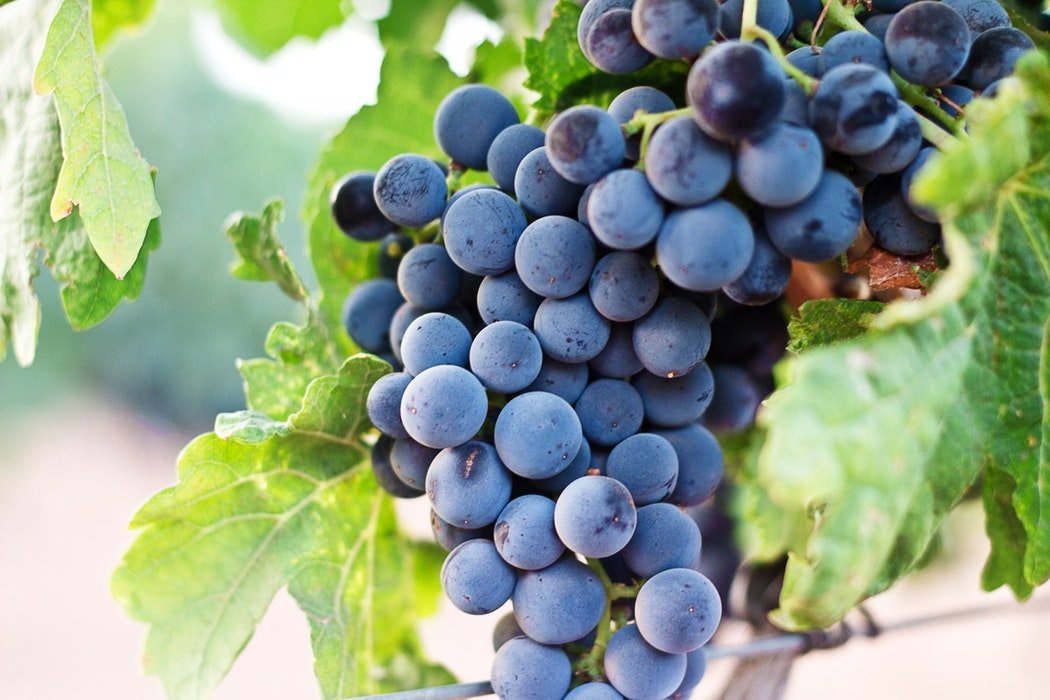Biotech
Turning grape skin into greener plastic? It’s possible
Apart from winemaking, grape skins are now used in manufacturing plastics, another eco-friendly approach to the go green movement in the industry.

Grapes are a good source of vitamins and minerals. They can be eaten in a lot of ways, but recently, experts have found another use for grapes: ingredients for greener plastics.
As the main ingredient in winemaking, grapes are in demand in different parts of the world. However, in the process, the seeds, skin and stems are discarded. But a research claims that the discarded skins can now be turned into greener plastics.
The fruit contains polyphenols, a type of antioxidant that can also perform as an anti-inflammatory and anti-carcinogenic substance, can also prevent chemical reactions. Inside the human body, they can make plastics. The characteristics of grape skin depend on variety, terroir, vintage and geographic origin. The winemaking process could also be a major factor.
Converting fruit wastes into something useful is not new. According to Greener Package, a company called Veuve Clicquot has been using potato starch and grape skins in its champagne packaging. The company also utilized other materials such as sugarcane, corn, mushroom roots, limestone, potato starch, recycled jute sacks, and even sheep’s wool.
Aside from making greener plastics, grape skins are also great in making papers. Favini, the maker of agro-industrial waste-based paper, is optimistic with grape skin. Grape residuals have a high content of cellulose and lignin, which helps in the linking of cellulose fibers in the papermaking process, as noted in the article from Greener Package.

Grape skins can also be used as fertilizers. (Source)
As people are becoming more aware of the need to conserve resources and preserve the environment, consumers are clamoring for other ways to use plastics. Edible food packaging is seen as one of the possible solutions for this problem. Experts are trying to improve the texture, taste and feel in order to gain the support and trust of the public.
David Edwards, a bioengineer, and professor from Harvard, believes the key could be grape skins. “We can basically surround any food or beverage with a skin like a grape skin that’s fully edible, and then consume it,” he said, per Index.
Grape skins have been known to bring health benefits. When combined with green tea, the benefits are multiplied. Aside from food, grape skins can also be converted as an ingredient to fertilizers, meat preservers, and alternative fuels. As what The Academic Wino reported, a study revealed that grape skins can also fight influenza and other viral diseases.
The dangers of using plastic are well documented, particularly how it aggravates the environmental problems. Aside from the fact that plastics take about 20 to 1,000 years before decomposing, the single use of plastics takes up significant resources such as crude oil, gas, and coal, per Onya. Imagine this nine pieces of plastic bags can be produced by enough petroleum to power a vehicle to a distance of one kilometer.
The marine life is also at higher risk because of discarded plastics. Birds and sea creatures often mistake floating plastics as food.
In a way, reducing the use of plastics is a great way to help worsen environmental problems. On the other hand, converting organic waste or discards such as grape skin into greener plastics or papers can also make significant changes towards a better future.

-

 Biotech5 days ago
Biotech5 days agoBiotech Booster: €196.4M Fund to Accelerate Dutch Innovation
-

 Markets2 weeks ago
Markets2 weeks agoCoffee Prices Decline Amid Rising Supply and Mixed Harvest Outlooks
-

 Crypto2 days ago
Crypto2 days agoBitcoin Traders Bet on $140,000: Massive Bets until September
-

 Crypto1 week ago
Crypto1 week agoCaution Prevails as Bitcoin Nears All-Time High

























You must be logged in to post a comment Login